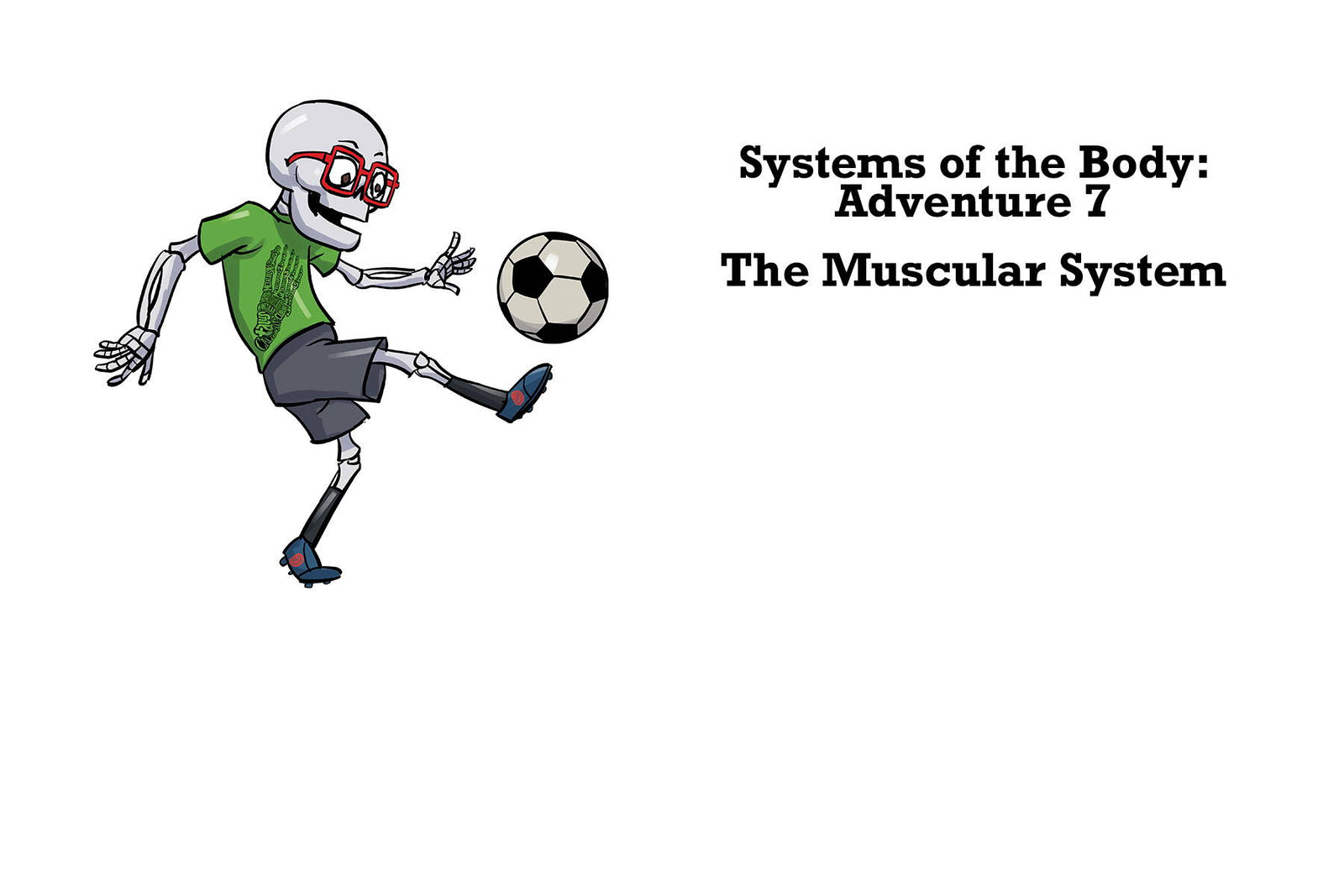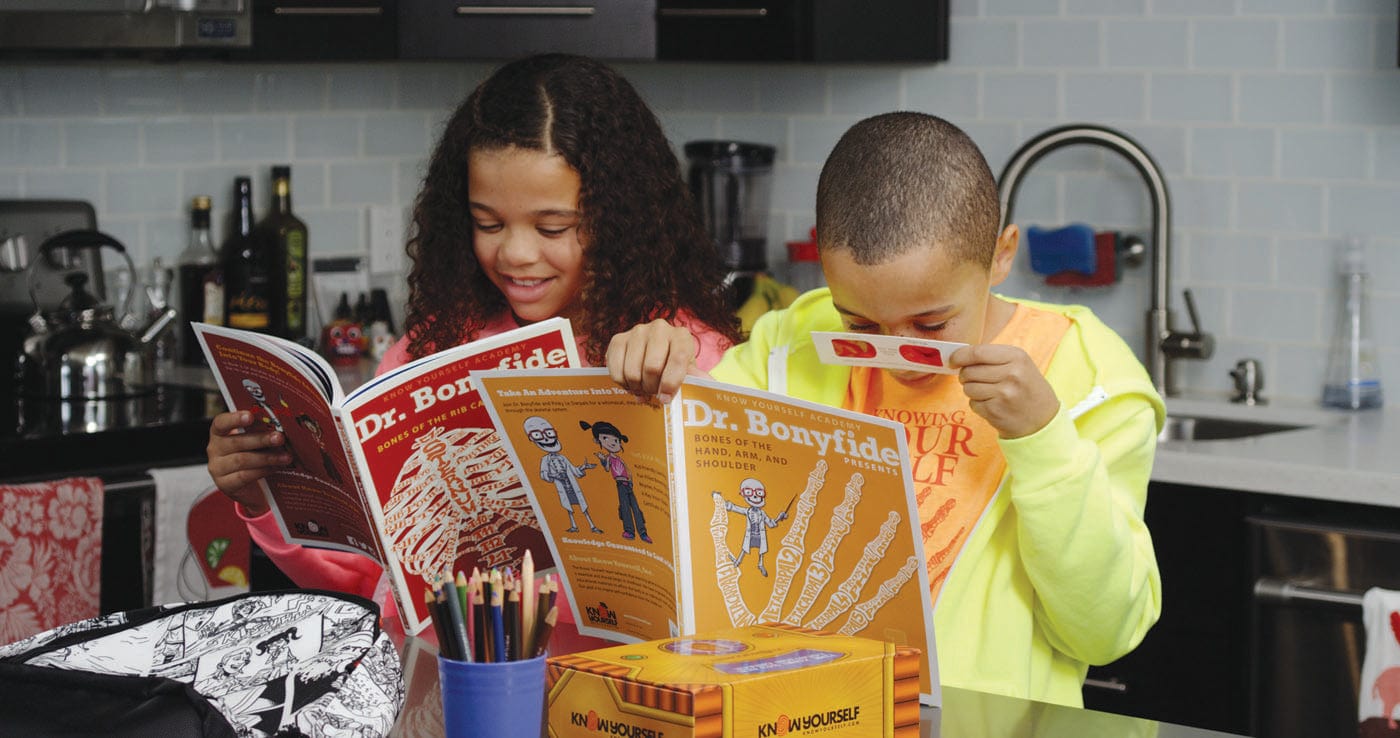
A muscle sprain or strain may sideline you to the couch. But while you’re resting up, do you ever wonder...what are my muscles doing right now? Your body has some clever gadgets to help you heal. While you’re catching up with your favorite show or re-reading a book, your muscles are calling on their own in-house repair team, which is always waiting in reserve to help you out in a pinch (or sprain).
Your muscles are made up of several layers of tissue, nerves, and blood vessels, all wrapped together like a complex rope. The part we’re most interested in are the muscle fibers, or myofibers (say it like this: my-uh-FI-ber).* We call them “fibers” because they kind of look like the thin threads that make up your sweater, but they are actually long, narrow cells. Hundreds of these tube-like cells are bundled together into something called a fascicle (FA-suh-cul)—which sounds like an icy treat, but is really just a science-y word for “bunch of structures.” These fascicles are bundled together to make up your muscles. When you injure a muscle, you’re actually damaging the fibers inside all of these bundles.
OpenStax, CC BY 4.0; Media, via Wikimedia Commons
When your house is damaged, your parents might call a handyman to fix the problem. The same is true when your muscles are injured! In this case, satellite cells are the handymen in charge of repairs. They are unique cells only found in your muscles. They wait, basically asleep, until something needs to be fixed - that’s their only responsibility!
Imagine those tube-like structures we talked about earlier getting cracks in them. First, cells called neutrophils (NEW-truh-fils) from your immune system come and clear away some of the damage. Then satellite cells begin to multiply into cells called myoblasts (my-uh-blast), making more and more cells in order to fill in the cracks. They eventually fuse together, so the broken ends of the fiber are connected again. Once the damage is repaired, the myoblasts differentiate (dif-uh-REN-she-ate)—that is, they get assigned a role as one of the parts of your muscles. While all of this is going on, it’s important to note that your immune system has cleared out the neutrophils and sent in more of its cells to help, which causes inflammation (for a refresher, head back to Adventure 6).
There you have it: while you might appear to be taking it easy after you sprain an ankle, your body is hard at work! The muscular system’s handymen team are always on call, bringing with them their own high-tech tools.
*By the way, you might see the letters “m-y-o” a lot when we talk about muscles. “Myo” comes from a Greek word meaning muscle.









Leave a comment (all fields required)